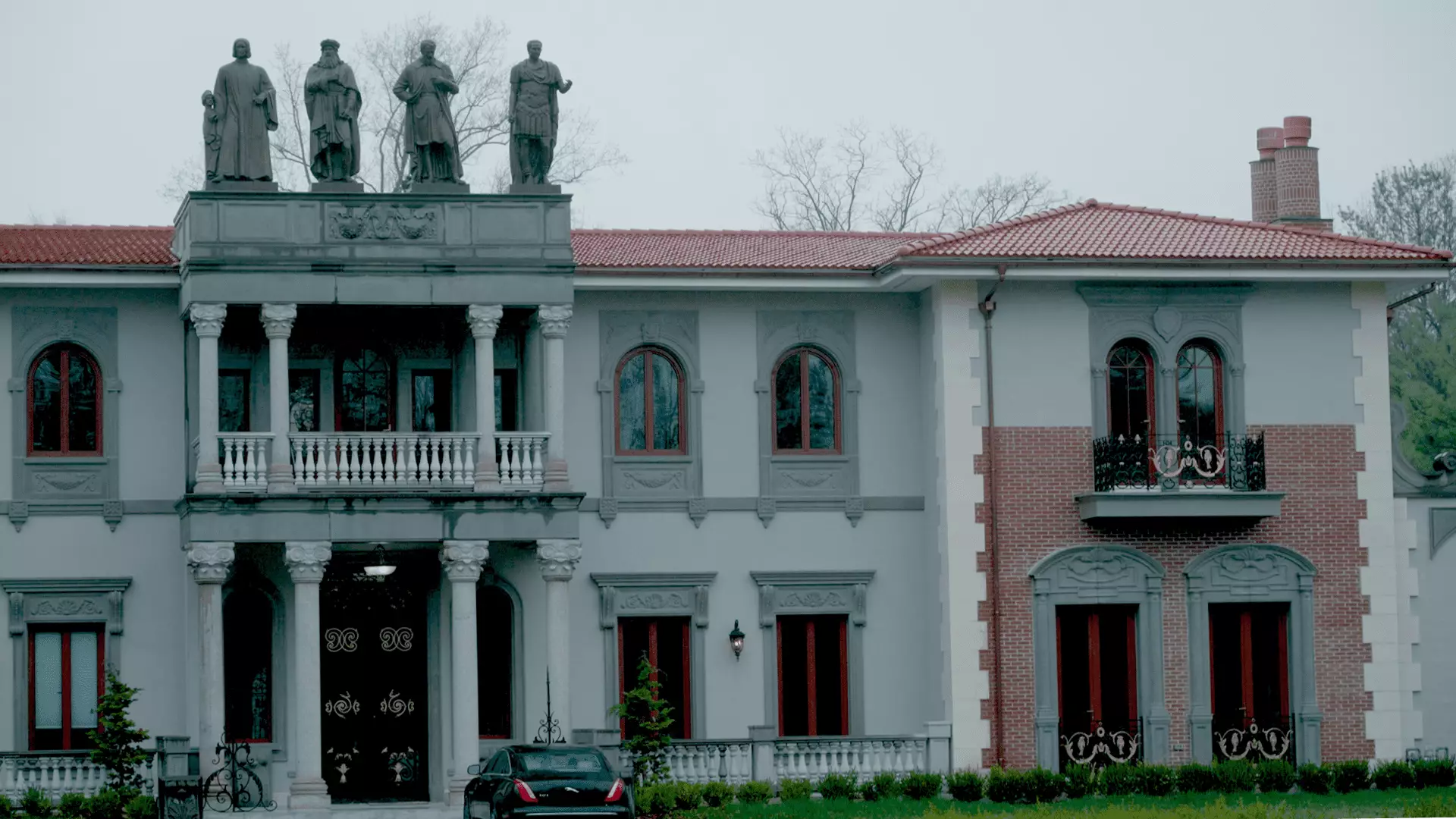The 1980s heralded the advent of “McMansions,” an architectural phenomenon that gave rise to a new type of suburban house, often characterized by their oversized frames and ostentatious designs. These homes stand out with sprawling facades and an abundance of amenities; however, they have frequently come under fire for their questionable construction quality and lack of architectural integrity. Critics argue that these dwellings epitomize the excesses of consumer culture, prioritizing quantity over quality. Architecture critic Kate Wagner of McMansion Hell points out that though they appear luxurious, many of these structures are assembled from cheap, mass-produced materials such as stucco and vinyl siding. This raises the question: are McMansions merely a façade of luxury built on a foundation of mediocrity?
A Paradox of Size and Necessity
Despite their criticisms, McMansions continue to attract buyers. The allure of expansive spaces filled with amenities like home theaters and “great rooms” symbolizes the American dream for many. As trends in home size shift, data from the U.S. Census Bureau shows a troubling paradox: while the average home size has increased significantly from 1,900 square feet in 1993 to 2,286 square feet in 2023, family sizes have concurrently decreased. The average household shrank from 2.61 to 2.51 members during the same period. This discrepancy begs the question: why do Americans continue to gravitate toward housing that exceeds their spatial needs?
Market Pressures and Misguided Investments
Many may perceive purchasing a McMansion as a solid real estate investment, but that belief may be misguided. Economist Joel Berner from Realtor.com suggests that while buying a home is generally considered a sound investment—regardless of its aesthetic merits—there is a deeper issue at play. The massive homes are often regarded as a safe environment for families to thrive, yet they may fail to appreciate in value due to their poor construction quality and the stigma surrounding them. The 2007 housing crisis and the subsequent Great Recession further complicated this narrative, as the U.S. has since struggled to keep up with demand. The shortfall in home construction has led to a notable supply gap of 3.8 million homes projected for 2024.
Rising Costs and the Evolving Landscape of Housing
As construction costs spiral upward, with tariffs on steel and aluminum looming on the horizon, the price of building new homes becomes prohibitive for many prospective buyers. Thus, McMansions present themselves as an ostensibly more affordable solution, particularly for first-time buyers eager to secure spacious living environments amidst a backdrop of dwindling housing inventory. This dynamic is prevalent in suburban regions near large metropolitan areas, such as Bergen County, New Jersey, where the demand for these oversized homes often leads to bidding wars among prospective homeowners. Real estate agent Melissa Rubenstein asserts that McMansions represent the most frequently purchased property type in her market, underscoring a broader trend of homebuyers choosing space over sustainability or quality.
A Cultural Reflection of American Values
The persistence of McMansions may also serve as a cultural reflection of American values—one that prioritizes space and status over form and function. The very nature of these homes illustrates an ingrained belief in the importance of appearances. The overwhelming emphasis on aesthetics can mask underlying deficiencies in quality and craftsmanship. As Americans continue to pursue these behemoths, we must ask ourselves if they are fulfilling a true need or simply pandering to a societal obsession with size and materialism.
The dilemma of the McMansion is emblematic of larger trends within American society—the ongoing tension between the desire for a rich, fulfilling living space and the superficial markers of success these structures represent. As homebuyers weigh the long-term implications of their decisions amid a changing housing landscape, the challenge remains: can we reconcile our aspirations for luxury with the values of sustainability and quality in our homes?


Leave a Reply